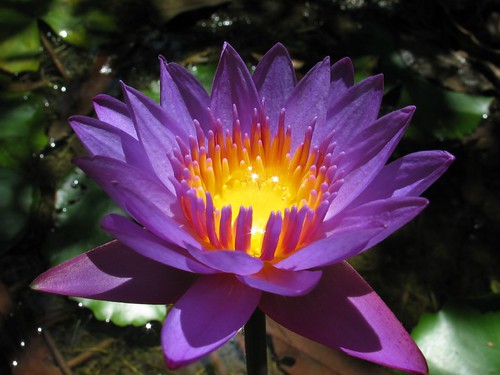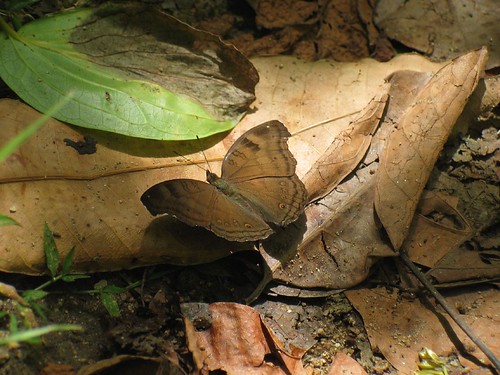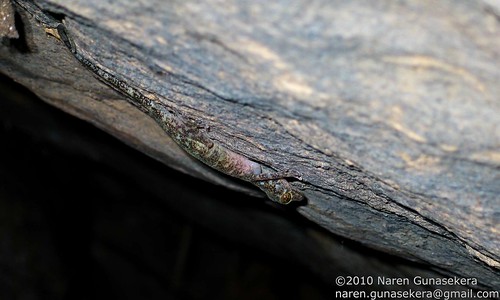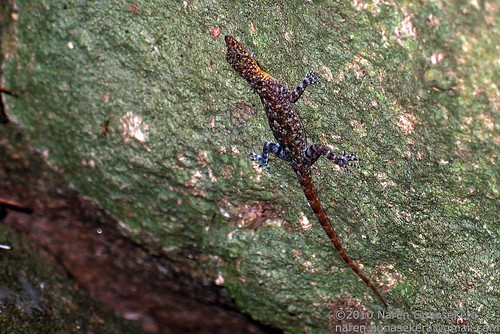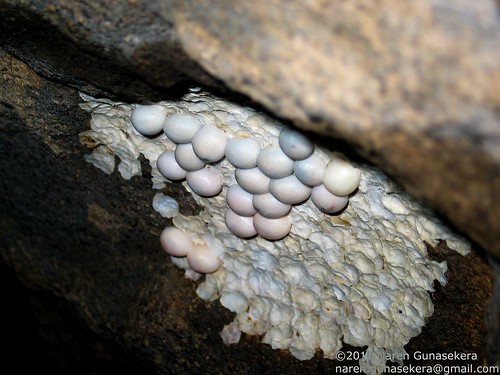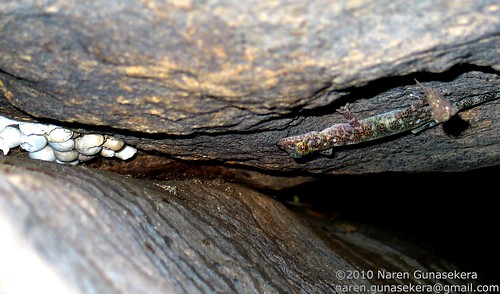10 seconds later…
“I’m in.”
It really didn’t take much arm twisting for me to say yes to a three day camping trip to Gal Oya when S called to let me know a space had opened up on their trip. Gal Oya looms large in my family lore, my grandfather having been one of the lead engineers when the Senanayake Samudra was being built. All my life I’ve heard fascinating tales of elephants interrupting picnics, inspection tours and arguments with foreign engineers. Add this lore to the obsessive fascination I already have for the dry zone and Gal Oya was indeed my Lankan Shangri La.
So it was that I found myself at C’s place at the ungodly hour of midnight helping pack the vehicle for the trip. A trusty old Toyota doublecab was our chariot to the jungles but before we could leave we had to set up the seats and canopy in the back. What looked quite simple was of course not quite so and a lot of grunting, lifting and cuts from the metal poles were required before the canopy was set. Then came lugging all the gear into the back, ranging from chairs, to a tent, to gas cylinders to…rather interestingly…the kitchen table. I was reassured that all this material was essential for a successful camping trip, which I guess it was.
The last ingredient was the man-servant, whom we tried to fit into the back but he just wouldn’t fit into the last gap between the kitchen table and the stack of chairs. I jest...of course the man-servant, our man Friday, Shantha (may he rest in peace), rode with us in the back, in fact we picked him at a random junction on the way to Ratnapura, where we also picked up D. As a result our ride in the back was quite…squishy…for want of a better word to describe it.
So the overloaded doublecab pottered on, and on, and on. The road to Gal Oya, at least the one we took through the Victoria-Randenigala-Rantembe Sanctuary was very long but extravagant with the scenery. The cloudy hills cloaked in intermediate zone forest rose up on either side of the road as it snaked by the blue-grey reservoirs. This had been one of my favourite parts of the country as a kid and going down these same roads over a decade later was quite a nostalgic and fraught experience. Where before the roads had been quiet and elephants made an occasional appearance, now all we had were trucks plying the deteriorated road and since elephants have been killed on the road, they probably give it a wide berth.

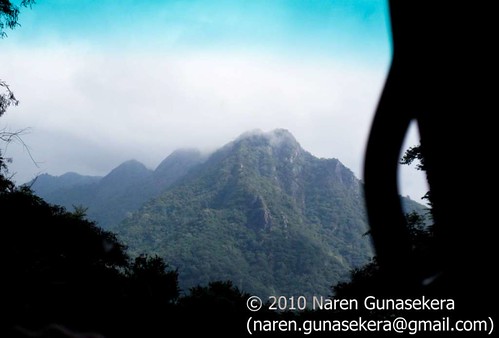
Trucks passing by; Randenigala hills
The hillsides once covered in forest had also been denuded in certain areas with cultivation spreading up them, scarring the green of the trees with great brown gashes. The beauty of Randenigala was still apparent, but she was a ravaged beauty, with wounds that would pour silt into the reservoirs, clogging them up and reducing our electricity generation capabilities.

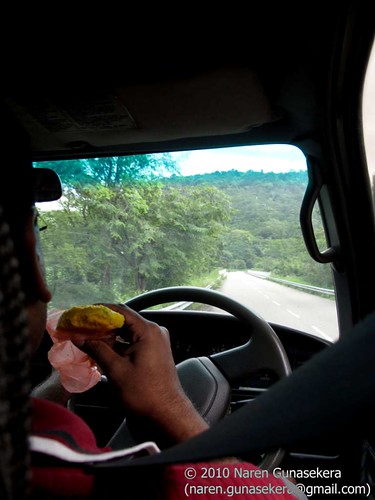
Mango seller; Mango eating
Stopping for some mango, we came down out of the hills where the landscape stretched into the causeway by the road, shimmering water and green vegetation. Sri Lanka despite all its problems provides some amazing landscapes and we were treated to more as we took a short cut to Bibile. Green verdant forests rose up on either side of the road except where they had been taken down in little lots where either lush paddy fields lounged or rows of emaciated looking corn marched.
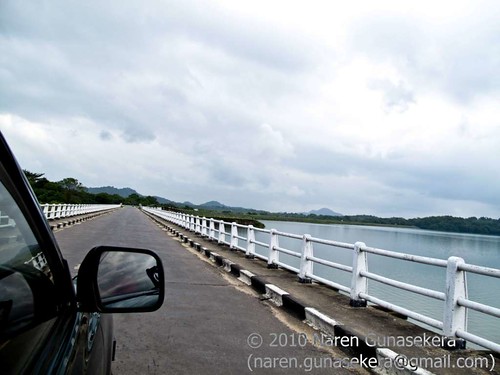
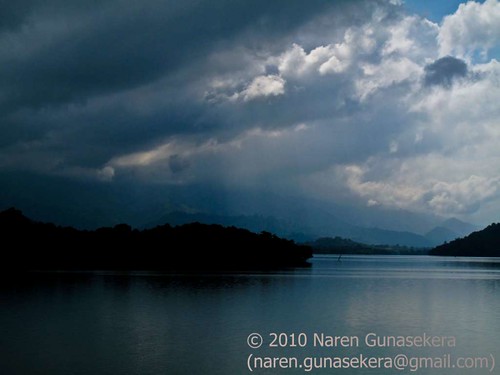
Causeway road; Rainclouds gather
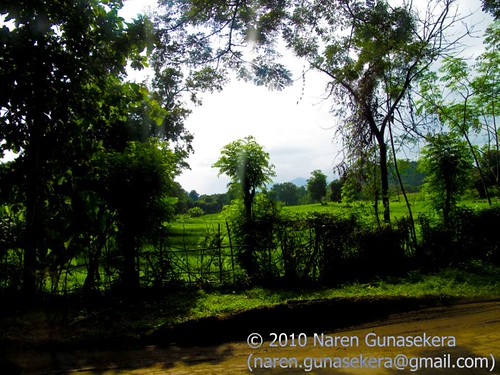

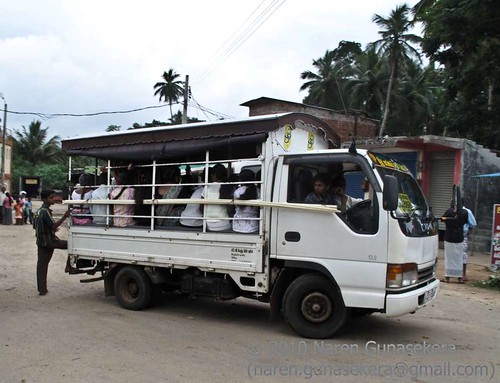
Paddy fields in the jungle; The sun breaks through; Modified bus in Bibile
Tired and a little more than a little cramped, it was with some relief that we passed Bibile and turned off into the park. Despite our tiredness, the interest was palpable as we drove through a landscape that was very different from what we had ever seen before. Straight limbed, black barked trees rose up on either side of the road growing out of the knee high grass. It wasn’t quite the dry scrub of Yala or the green jungle of Wasgamuwa but something in between. A small herd of elephants broke in front of the vehicle and ran into cover, as we started exploring this new jungle wonderland.
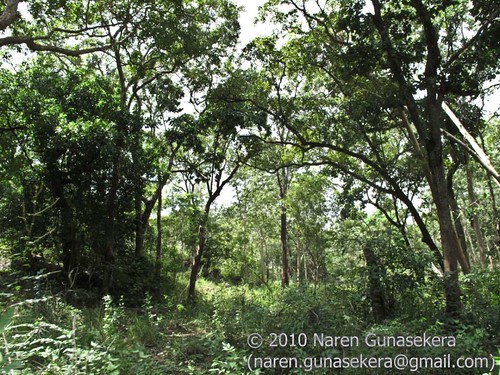
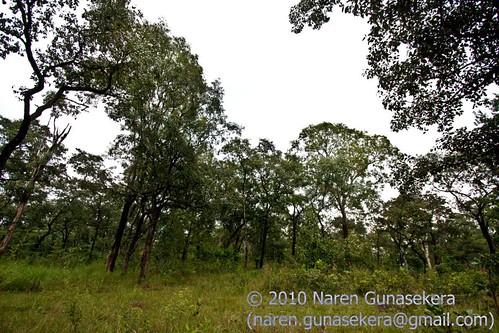
Gal Oya jungles
Continued to (Part 1) (Part 2) (Part 3) (Part 4)
